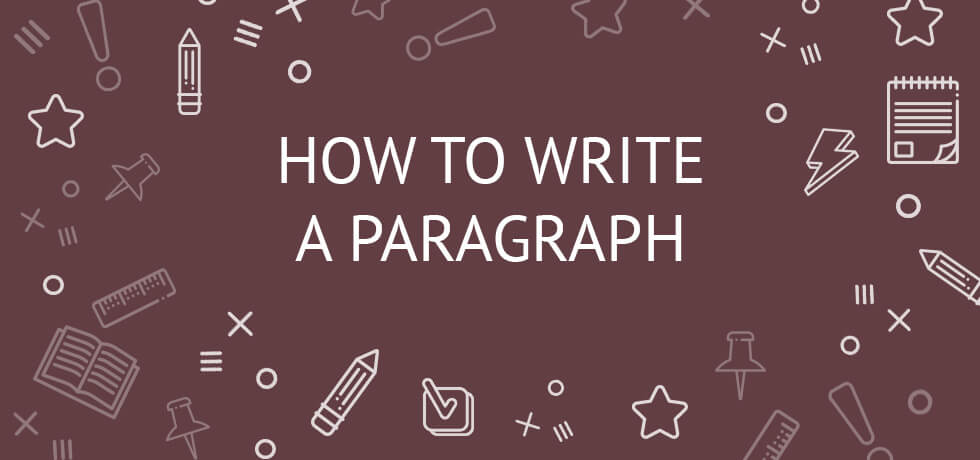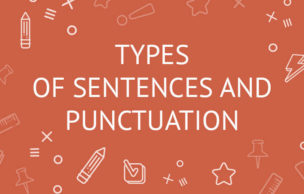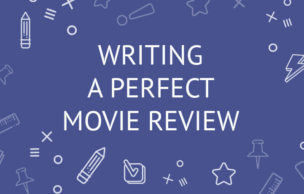How to Write a Paragraph

Paragraphs are generally seen as the most significant elements of the writing process. The purpose of a paragraph is to encompass each of the viewpoints you wish to convey in your paper. One of the main characteristics of a paragraph is flexibility. Paragraphs can be written in a large variety of forms that enhance your ideas, offer diversity for the audience and aid the reader in systematizing the viewpoints you introduce.
The Size of a Paragraph
Although there are no size restrictions when it comes to paragraph writing, as a general rule, each of the paragraphs in your paper should include at least 3 to 5 sentences. Moreover, a paragraph should have a maximum length of half a page, while using double spacing. If you’re dealing with a journalism paper, such as a magazine or newspaper article, your paragraphs should include between one and three sentences. It goes without saying that book paragraphs, particularly those that are part of scientific publications, can spread out over multiple pages.
Regardless of the size of a particular paragraph, in the majority of successful papers, the length of each paragraph is different. As a rule, after writing a couple of brief paragraphs, it would be a good idea to create a lengthier one. Furthermore, after writing one or two lengthy paragraphs, you should add a shorter one. This way, the audience will be able to focus on your ideas better.
Use Paragraphs to Separate Thoughts
A paragraph should solely present a single thought. In many cases, a lengthier paragraph may – and ought to – be separated into shorter sections. In general, a substantial, intricate viewpoint consists of briefer concepts. Therefore, you may find it useful to illustrate the viewpoint in more paragraphs, by using those briefer concepts. However, your target is to obtain a single logical paragraph. Each of the notions in every sentence in a given paragraph needs to be connected to your primary idea. That idea is most frequently conveyed in a subject sentence.
Subject Sentences
A subject sentence has the purpose of conveying the primary concept of a paragraph. This sentence can be added either at the beginning or at the end of the paragraph. When dealing with certain paragraphs, it may not be necessary to devise a topic sentence, provided that the primary idea is evident. With other paragraphs, this sentence may have a somewhat distinct position. Sometimes, the subject sentence may be placed at the beginning of the paragraph, while being reiterated in a distinct manner towards the end. In other words, the majority of authors place the topic sentence at the beginning, at the end, or both at the beginning and at the end.
Grammatical Aspects
It goes without saying that each of the phrases included in a paragraph needs to have an adequate grammar because otherwise, the audience won’t be able to understand the writer's thoughts. The essay writer should especially pay a lot of attention to the grammar when writing the subject sentence. Obviously, using a grammar checker is a great idea if you wish to detect mistakes. It’s advisable to use a grammar checker multiple times throughout your writing process.
Varieties of Paragraphs
The majority of essays feature an introductory paragraph or an introductory section that spreads out over a couple of paragraphs. Moreover, any traditional essay needs to include a conclusion spread out over a couple of paragraphs or one concluding paragraph. It goes without saying that the introduction and the conclusion need to be substantiated by a couple of body paragraphs. A typical body paragraph clarifies, substantiates or expands on the subject sentence. The majority of paragraphs longer than one or two sentences have a couple of common components.
For instance, expository paragraphs feature 3 significant components that can be found in the majority of paragraphs: flow, or uniformity (an obvious correspondence to the other sections of the paper and positioned in a logical manner between the rest of the paragraphs); elaboration (comprehensive, particular backing or expansion of the primary concept); as well as cohesiveness (every phrase is connected to the previous one in an obvious, comprehensible and appropriate way). Persuasive paragraphs concentrate on providing a powerful justification that would persuade a person who opposes the author’s viewpoint.
Narrative paragraphs are more or less the same regarding uniformity and cohesiveness. Nevertheless, the elaboration part might have a more extensive connection to the activity or occurrences recounted in the paragraph rather than to substantiating an idea. In general, the cohesiveness results from the chronological sequence of the narrated events. Comparably, the elaboration of a descriptive paragraph might be achieved by providing a couple of sensorial explanations or conceptual notions that designate an item (or notion or hypothesis) instead of offering substantiations.
Thus, although descriptive and narrative paragraphs aren’t very different from expository paragraphs, the dissimilarities should still be taken into consideration. Provided that you pay attention to unity, elaboration, and cohesiveness when writing your paragraphs, you’ll be able to write a strong essay.





